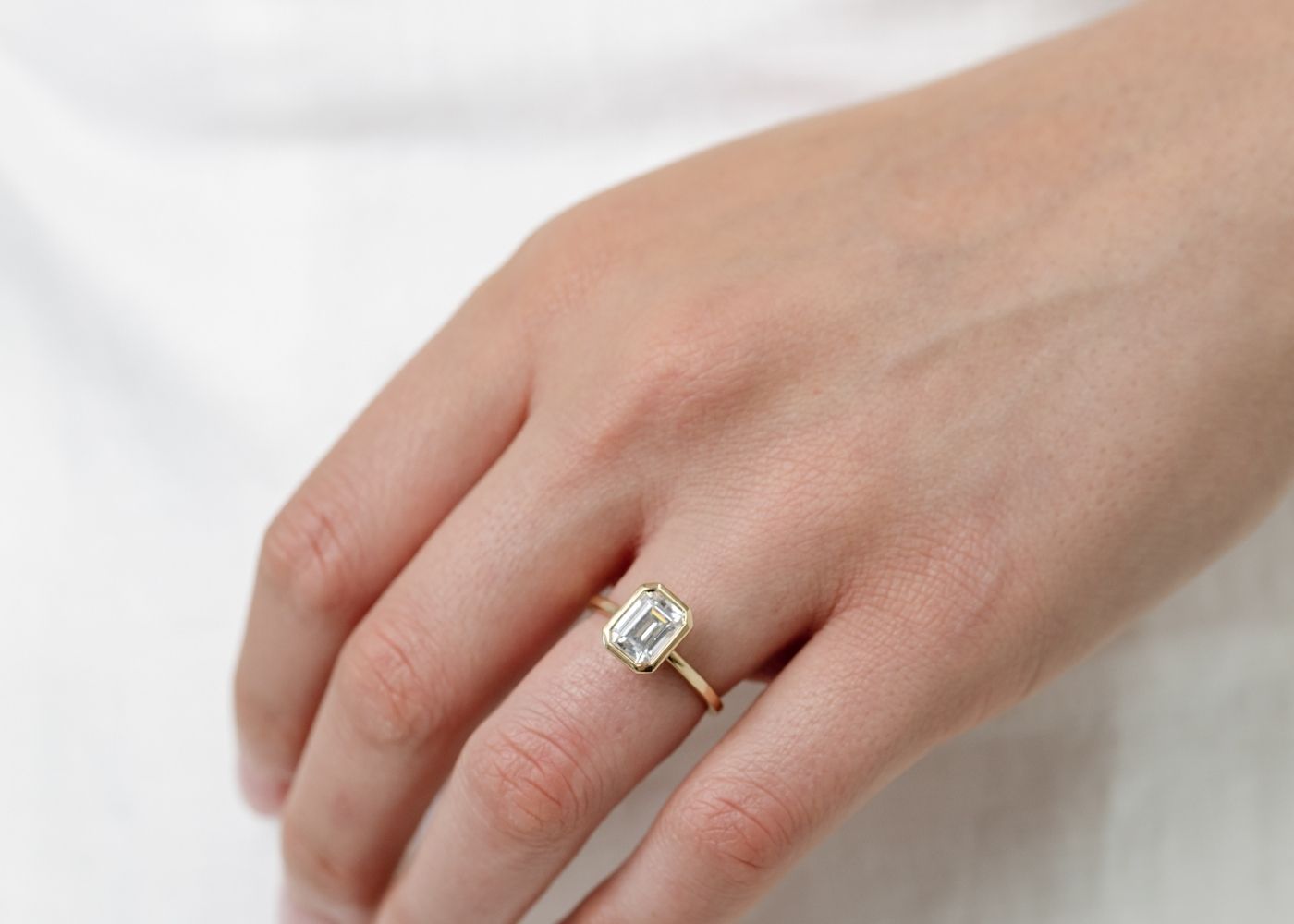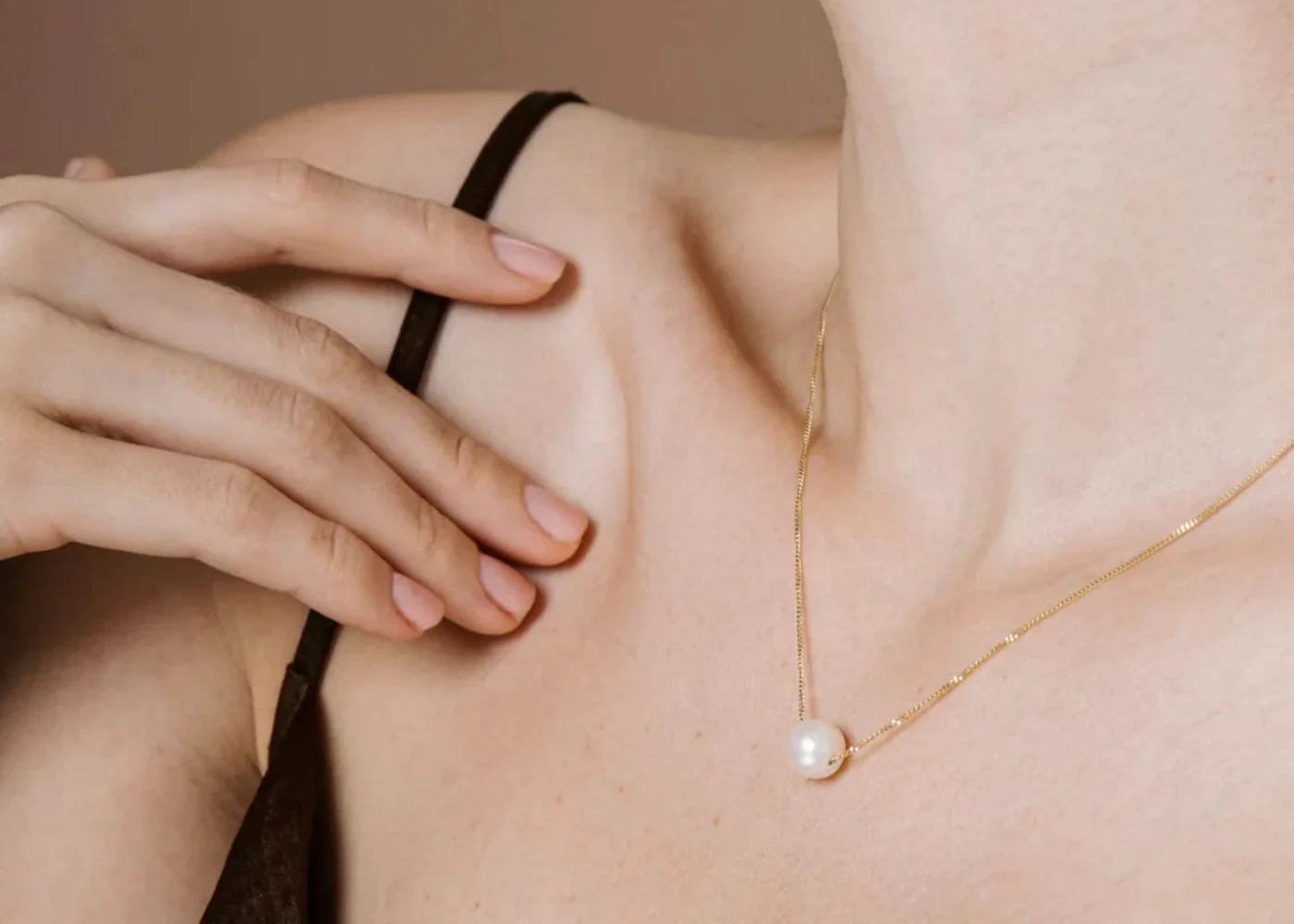Repoussé and chasing
Etymology and Terminology
- Repoussé is a French word meaning 'pushed up' derived from Latin 'pulsare' which means to push.
- Repoussage is the noun referring to the technique.
- Repoussé is an adjective used to describe a piece to which the technique has been applied.
- Chasing comes from the French word 'chasser' which means to drive out or chase around.
- Artists use chasing to create their final design on metal.
History
- Repoussé and chasing techniques date back to Antiquity.
- They have been widely used with gold, silver, copper, tin, and bronze.
- In the Middle East during the 3rd millennium BC, semi-mass production methods were introduced for repoussé work.
- Greek armor plates from the 3rd century BC showcase classical repoussage and chasing.
- Roman silver cups and treasures, such as the Mildenhall Treasure, also feature these techniques.
Techniques in Different Cultures
- European Prehistory and Bronze Age:
- Sheet gold could be pressed into designs carved in intaglio.
- Wax or lead force was hammered over the gold to work it into the designs.
- Patterned punches made from loops or scrolls of wire were used.
- The Gundestrup cauldron, a Celtic product, had repoussé relief on thirteen separate silver panels.
- Cameo relief was used to create greater detail on the back of the final design.
- Ancient Egypt:
- In the Amarna period (1400 BC), resin and mud were used for repoussé backing.
- The mummy mask of Tutankhamun showcases repoussé technique with inlaid stones.
- Ceremonial beard, Nekhbet vulture, and Uraeus were attached separately.
- Repoussé was extensively used in Egyptian art and artifacts.
- The technique allowed for fine detailing on gold and other materials.
- India:
- Repoussé and chasing are commonly used in India to create water vessels.
- Copper and silver sheets are often used for these objects.
- Indian craftsmen have mastered the art of repoussé and chasing.
- The techniques have been passed down through generations.
- Indian repoussé work is known for its intricate designs and craftsmanship.
Process and Techniques
- Lining:
- Plate is held by pitch, front side up.
- Design outline is lightly chased on the plate using a liner tool.
- Liner creates narrow raised lines on the other side.
- Repoussé and chasing:
- Plate is turned over and firmed over the pitch, back side up.
- Main repoussé work is performed using various punches.
- Plate is released by heating and cavities on the back side are filled with melted pitch.
- Plate is turned over and placed on a layer of softened pitch.
- Design is refined by chasing, alternating between repoussé and chasing.
- Hot forming:
- Repoussé and chasing can be done on hard materials like steel.
- Heating the piece makes it malleable for forging.
- Pitch may be replaced by materials like sand that can withstand the heat.
- Tools:
- Container for pitch (pitch tray or cast iron pitch bowl).
- Heat gun or blow torch to soften or release the pitch.
- Set of punches with different tips (liner, planisher, doming or dotting tool, matting tool, hollow-faced punch).
- Lightweight chasing hammer.
- Oxyacetylene torch, blowtorch, or forge for annealing or hot-working.
Examples in Art
- Gallery:
- Examples of face masks in repoussé and chasing:
- Princess, Cheng Kingdom, 1018 CE.
- Agamemnon, Mycenae, ca. 1600 BCE.
- Woman or goddess, Gundestrup Cauldron, Celtic, ca. 100 BCE.
- Man or god, Gundestrup Cauldron, Celtic, ca. 100 BCE.
- King Teres I, Thracia, 431 BCE.
Repoussé and chasing Data Sources
| Reference | URL |
|---|---|
| Glossary | https://harryandcojewellery.com.au/blogs/glossary/repoussé-and-chasing |
| Wikipedia | http://en.wikipedia.org/wiki/Repoussé_and_chasing |
| Wikidata | https://www.wikidata.org/wiki/Q656884 |
| Knowledge Graph | https://www.google.com/search?kgmid=/m/0275jn |





